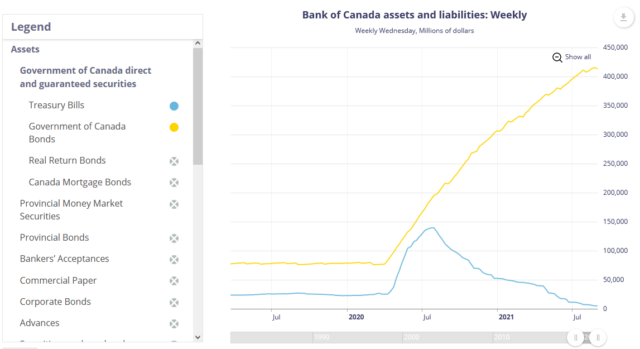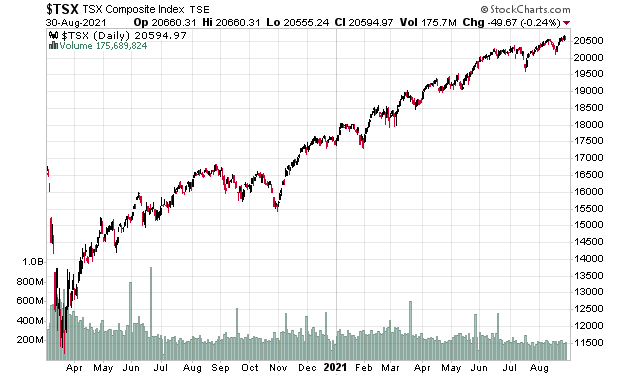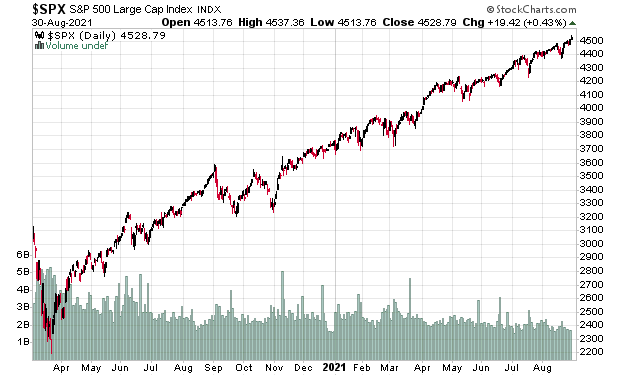The rumour mill has Teck (TSX: TECK.B) looking at selling or spinning off their metallurgical coal unit for $8 billion.
In the 3 months ended June 30, Teck’s metallurgical coal unit did $1.1 billion in revenues and generated $191 million in profit.
However, since June 30, metallurgical coal prices have exploded. Teck is going to be making a lot more money from this unit in the near term future. Hard coking coal, shipped to China, is nearing US$500/ton. Domestic is approaching US$300/ton.
Realized sales in Q2 was US$144/ton with 6.2 million tons sold. Costs were $64/ton plus $42/ton for transport (moving 6.2 million tons of anything, let alone across the Pacific Ocean is going to be expensive).
While the coal volume will drop slightly in Q3 (due to BC wildfires and such), the realized price is going to increase dramatically, especially with Teck having two points of egress (they are no longer hamstrung by having Westshore Terminals (TSX: WTE) being their only exit point for coal).
If Teck manages to get $8 billion out of this unit, they will be able to eliminate their debt and become that much closer to being a pure copper play.
I also thought they were going to get rid of their energy division, but clearly management is waiting for higher prices before pulling the trigger on that (likely in the form of a sale back to Suncor of its division).
This would be an interesting turnaround for Teck – their coal division was primarily acquired through the Fording River acquisition in July of 2008, and they paid US$14 billion for them, with the lion’s share (US$12.5 billion) in cash.
We all know what happened in late 2008 – the economic crisis really hit the fan. The acquisition was possibly the worst-time acquisition in Teck’s corporate history and it nearly bankrupted them.
So now we fast-forward 13 years later, and Teck is looking at getting rid of their coal division.
My question is – who would buy this? There’s no logical strategic buyer for the entity. Financially, perhaps some hedge funds want to make a gamble that coal pricing will be excessively high for a longer duration of time than the markets anticipate. One financial combination that would make some sort of faint sense is one of the British Columbia crown corporation pension plans (think about the regulatory protection that would afford the company), but one could imagine the political outrage of taking over a coal company in the era of climate change consciousness.
A spinout would be more likely, but I would see the Teck umbrella affording the coal entity much more regulatory protection than being a standalone entity.
As such, I do not believe they will take any real action on the coal entity. I could be wrong.
If they were able to dispose of the coal unit on acceptable terms, the financial engineering motive is pretty simple – by being seen as a more pure copper play, the company would receive a higher valuation. I know how my cautious investing colleague John Cole is feeling about Teck, but this commodity cycle is not at the point of peaking yet. Unlike lumber (where starting up and shutting down is a way of life and can be done with relatively quick frequency), other commodities have much longer cycles and activating coal/copper supplies is a matter of years and not months.
The other observation is that Teck is exporting 6 million tons a quarter, Arch (NYSE: ARCH) is going to do about 2.5 million tons of met coal a quarter now that Leer South is opened. While Arch has a geographical disadvantage (more difficult to ship the material to China from West Virginia), ton-for-ton would give them a US$2.6 billion valuation, which is about 60% higher than their current stock price, accounting for the moronic convertible debt financing they did a year back.


